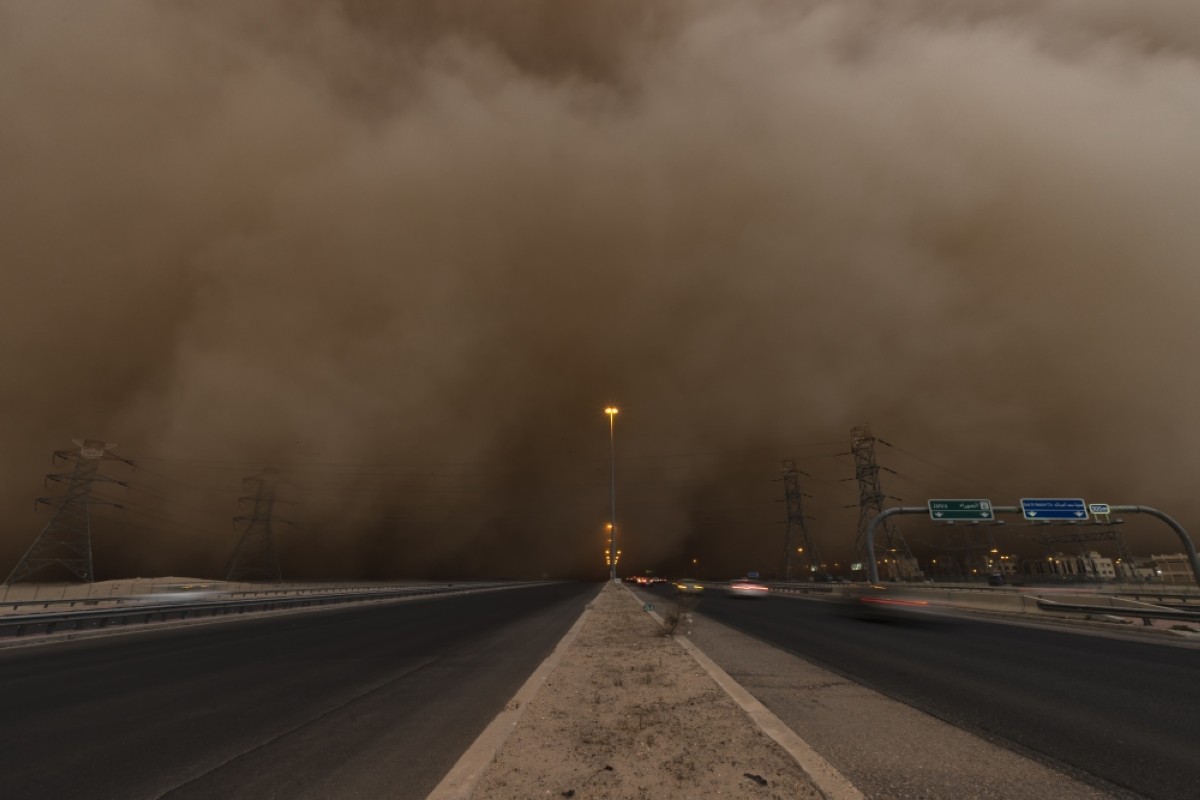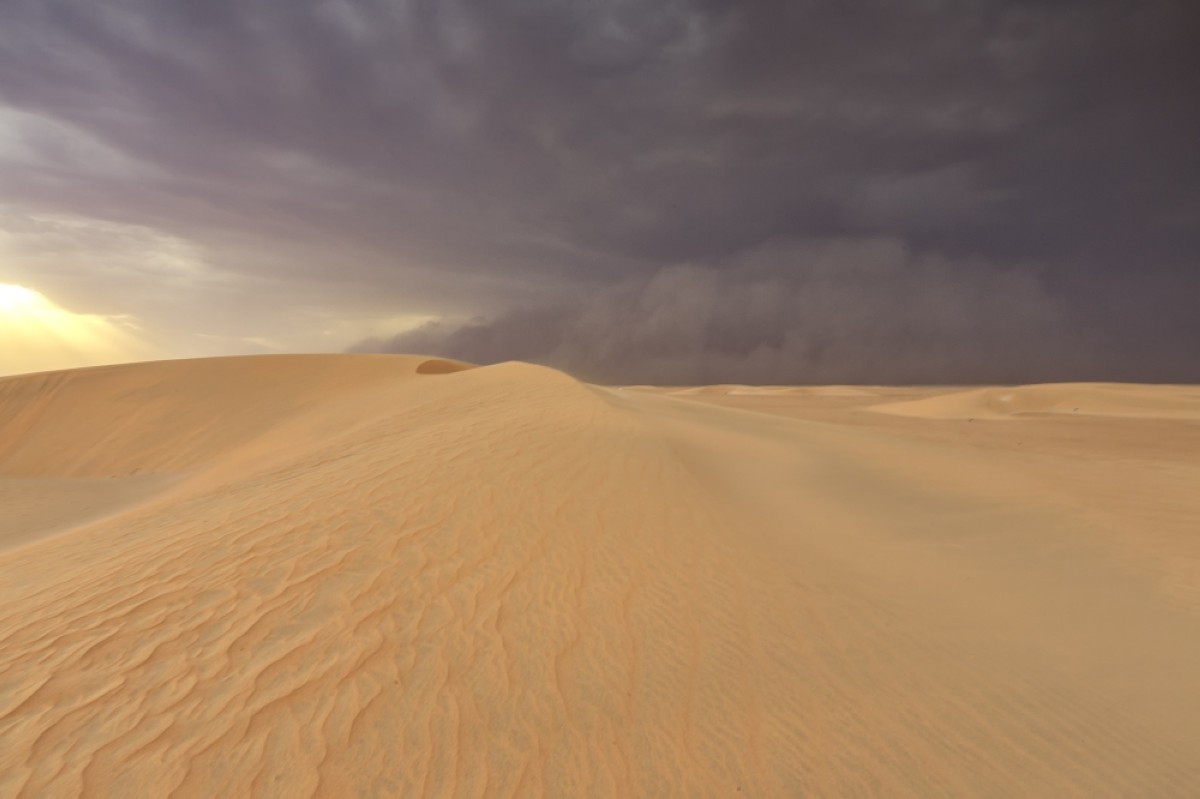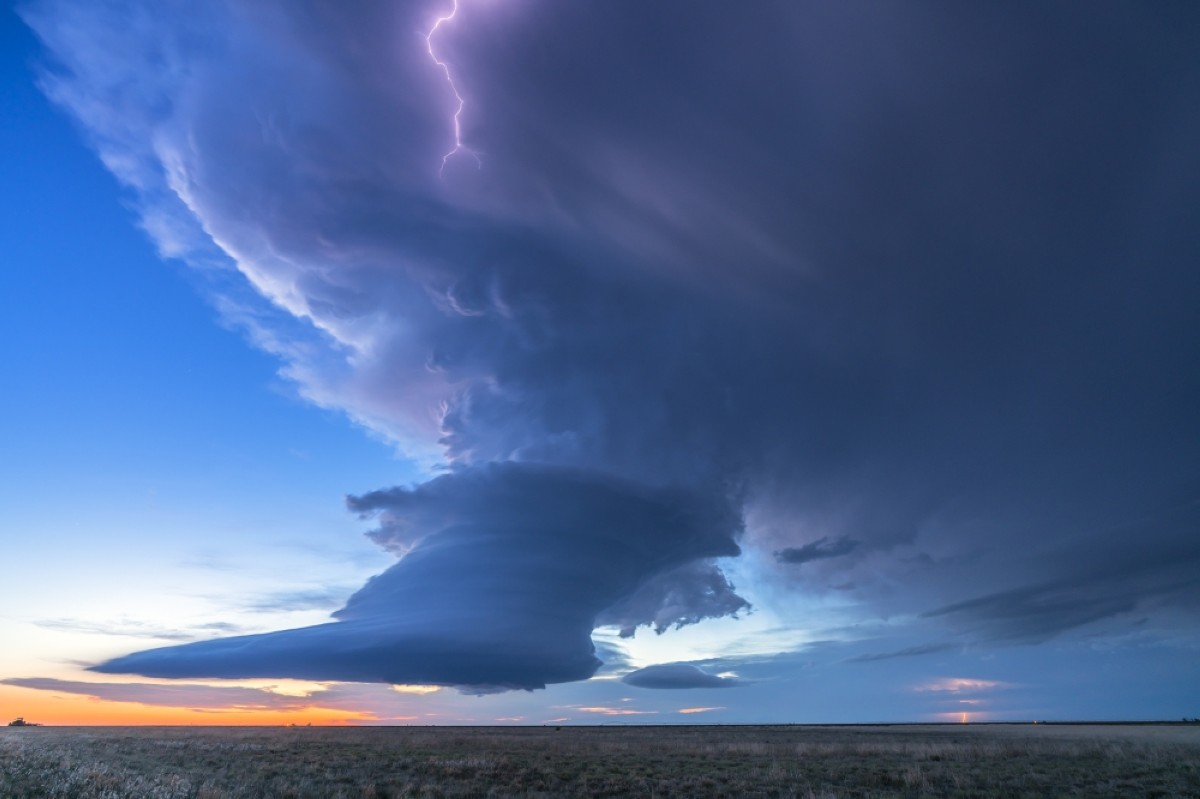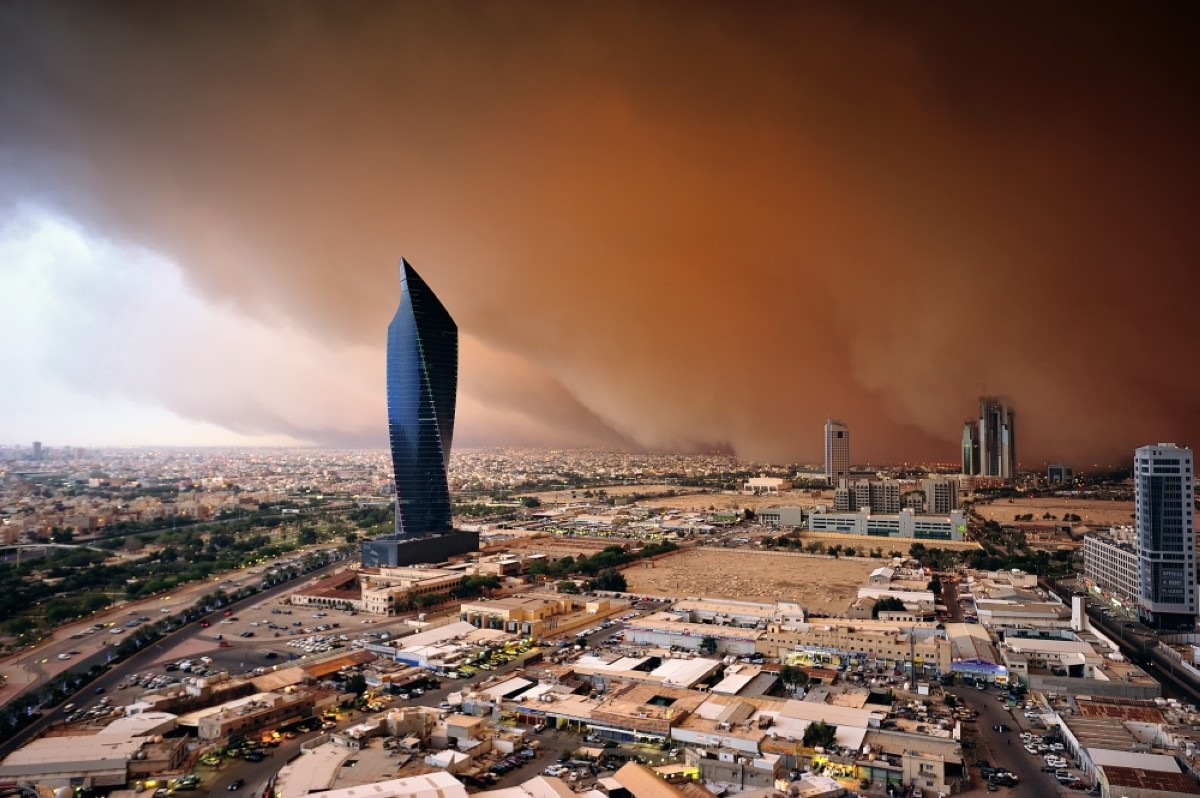During a serene hour in 2011, high atop one of Kuwait’s skyscrapers, Sarah Al-Sayegh’s camera was already geared up to catch the golden sunset. While waiting, she started noticing an unprecedented shift in the sky’s appearance. A large cloud immediately got closer, forming a huge sandstorm that caught her attention right away. "At this moment, I was hooked and attached; I just couldn’t stop taking pictures of it,” she said. Away from her fulltime job as an accountant, the 41-year-old has become the first Kuwaiti woman storm chaser.
The scientific mysteries behind climate change, the challenges of predicting weather conditions, along with the adrenaline rush attached with storm chasing, are what drew her to be part of this thrilling world. "Watching a tornado forming in front of me or a lightning spark occurring near me is something that amazes me every time,” she told Kuwait Times.
Stating that warning systems in Kuwait don’t include tornadoes, Sarah has been driven not only by passion, but also a sense of responsibility to document every storm that comes along her way. "It’s a message that I am trying to send to meteorology centers, because with a better warning system, they could save lives and properties,” she said. "Tornadoes are there, and they are happening in our region.” She referred to twin tornadoes in Qatar during the World Cup, but no one knew about them.






Between the US and Kuwait, Sarah has grown accustomed to driving for hours or traveling miles just for a single moment captured through her lens, which according to her, is "worth it all”. Sometimes she didn’t mind risking her life for this one perfect shot, recalling her 2016 journey to Texas as "the most dangerous one”. As she and her group buckled up to shoot a tornado, they felt a lightning spark approaching them. "We felt the heat and the electricity so close to us,” she recounted.
Upon hearing its sound, they all suddenly ducked to avoid being hit by it. "We were frightened but ended up laughing,” she remembered. "It is the closest I was to get hit by a lightning spark.” Another time Sarah witnessed what she called "the biggest tornado I have ever seen”, which was in Kansas in the US. Watching it gradually forming from ground to sky astonished yet intimidated her at the same time. "It’s beautiful to see it, but it kind of gives you a chill.” As she sought shelter, she hoped it wouldn’t get close to any city, knowing the destructive damage it could cause.
Sarah said that while the level of storm severity differs from Kuwait to the US, sometimes in Kuwait she can catch storms with similar cloud structures of the US. All what it takes, according to her, is to "predict well, be patient, and most importantly, be at the right time and in the right place”. However, she still recalled one severe sandstorm incident in Kuwait in 2018, when the storm caused heavy rainfall and floods that engulfed the streets and residential areas. According to Kuwait Times, this storm resulted in one death and 409 injuries.
Over time, Sarah no longer needed to study the weather or predict storms because her instincts grew stronger, even without any visible signs. Two years ago, while camping in the Kuwaiti desert, she looked at the sky and whispered to her friend, "Tomorrow, this area will be hit by a major storm.” The next day, social media was flooded with pictures of a storm in that very spot. She cried all day for missing the chance to document it.
Despite her passion, Sarah believes not all storms are worth risking one’s life for. She emphasized the importance of studying storms thoroughly and having an exit plan before embarking on any storm chasing adventure. "Safety, safety and safety,” she stressed, reminding that nature’s power can sometimes exceed our predictions.

